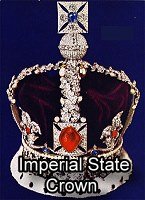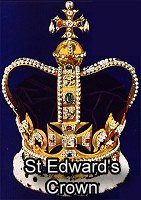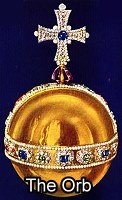Special Days Every Month
Celebrate and learn about special days
every day of the year!
|
Crown Jewels
|
||||||
|
What are Crown Jewels? Crown Jewels are jewels or artifacts of the reigning royal family of their respective country. The Crown Jewels housed in the Tower of London are the ceremonial treasures which have been acquired by English kings and queens. They have been used by English kings and queens since 1660 or earlier. The Crown Jewels are part of the national heritage and held by The Queen as Sovereign. The Scottish Crown Jewels, housed in Edinburgh castle, are known as "The Honours of Scotland". The Scottish Crown Jewels were left in Scotland when King James VI of Scotland inherited the English throne. They are the oldest sovereign regalia in the British Isles. The crown, the sword and sceptre date from the late 15th and early 16th century. The Welsh Crown Jewels are "The Honours of the Principality of Wales" and are used at the investiture of the Princes of Wales. They are presently on loan to the National Museum of Wales in Cardiff. Why did Colonel Blood try to steal the Crown Jewels? At the outbreak of the First English Civil War in 1642, Blood initially took up arms with the Royalist forces loyal to Charles I. However, as the conflict progressed he switched sides to join Oliver Cromwell’s Roundheads. When Charles I was defeated in 1653 Blood was made a Justice of the Peace and was granted a large estate, but following the Restoration (when Charles II returned to the throne) in 1660, Blood had his land confiscated, leaving him bitter and penniless. How did he try to steal the Crown Jewels? Colonol Blood went to the Tower disguised as a preist. He gained the confidence of the Assistant Keeper of the Jewels called Talbot Edwards and persuaded Edwards to show the Crown Jewels to his friends. The gang bound and gagged Edwards and set to work removing the regalia and concealing them under their clothing. Blood crushed the crown to make it less conspicuous under his cloak. Just as it looked likely that their plan was likely to succeed, Edwards’ son returned unexpectedly and raised the alarm. The gang was captured as they tried to get away and all the jewels recovered. On 18 July 1671 Thomas Blood was released from his prison cell. His treasonable act should have led to his death but he found favour with King Charles and had his Irish Estates restored to him. Not only that, he was granted a pension of five hundred pounds per annum!
1649: England briefly became a republic. Oliver Cromwell, as acting head of state, ordered that the Royal regalia be melted down as they were then considered to be redundant. The precious stones were sold separately. A few items were sold intact. 1660: Charles II restored to the throne of England and Scotland. Only five items could be found intact. These were three swords, a silver spoon and The Coronation Chair. Metal recovered from the old Saint Edward’s Crown was hastily incorporated into a new crown for the coronation of Charles II. This crown, still known as St. Edward’s Crown is used in modern coronations. A number of other items were made specifically for the coronation of Charles II:
Also on this day ….. 9 May 1860: Sir James Matthew Barrie, creator of Peter Pan, the boy who refused to grow up, was born. 9 May : Europe Day
|
||||||
See Teaching Resources for today’s date
Back to Facts of the Day Calendar
Jan | Feb | Mar | Apr | May | Jun | Jul | Aug | Sept | Oct | Nov | Dec
 © Copyright – please read © Copyright – please read All the materials on these pages are free for homework and classroom use only. You may not redistribute, sell or place the content of this page on any other website or blog without written permission from the . projectbritain.com | primaryhomeworkhelp.co.uk |
© Copyright 2013
is the creator of the Woodlands Resources section of the Woodlands Junior website.
The two websites projectbritain.com and primaryhomeworkhelp.co.uk
are the new homes for the Woodlands Resources.
left Woodlands in 2003 to work in Kent schools as an ICT Consulatant.
She now teaches computers at The Granville School and St. John’s Primary School in Sevenoaks Kent.
Woodlands Junior Homework Help new website
born on this day what happened on this day famous birthdays interesting facts did you know Interesting Calendar Facts.

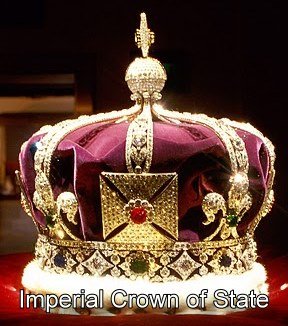 On 9 May 1671, Thomas Blood (Colonel Blood) attempted to steal the crown jewels from the Tower of London.
On 9 May 1671, Thomas Blood (Colonel Blood) attempted to steal the crown jewels from the Tower of London. 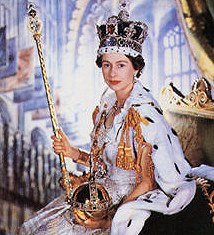 Background to the British Crown Jewels
Background to the British Crown Jewels